Fight sports punching their weight in the future of Sport for Good

As Sport for Development has come of age during the last half-decade, with it has come global recognition of sport as a tool for change.
At the turn of the Millenium, Magic Bus was an organisation just beginning to understand the challenges that Indian girls faced. Today, 17 years later, with a multi-million dollar turnover the charity is reaching and impacting on 400,000 children a year and has now expanded to run programmes across the sub-continent.
PeacePlayers International came from humble roots tackling race issues and apartheid in South Africa. Today, with one in ten of the world’s children currently living in countries affected by armed conflicts, PeacePlayers International has been able to establish programmes in Israel/Palestine, Cyprus, the United States, Northern Ireland and Bosnia and Herzogovina.
Fight for Peace has gone from small roots in Brazilian favelas to an internationally recognised programme with ties to big brands like the Ultimate Fighting Championship. Alumni from their training programme can be found all around the world.
Yesterday’s innovations in Sport for Development have not only gained a mainstream foothold in the communities in which they work, but they have become big hitters in the development world, championing sport as a vehicle for change.
The success stories are the reason the sector continues to grow and they will serve as mentors for the next wave of innovative solutions to our most pressing development needs. With organisations like Laureus-supported Magic Bus, PPI and FFP blazing a trail for others, who is following in their footsteps? Where are the hotbeds of innovation in Sport for Development?
There are a few programmes which have a unique approach to issues that once seemed impossible to tackle.
Fight sports have not often been associated with girls and young women, however, in the face of rising incidents of gender-based violence, some organisations are using sport not only to empower and embolden, but also to protect and defend. An increasing number of organisations in different countries are turning to fight sports to create strong female figures in their communities.
Two such examples are MIFUMI in Uganda, which uses karate, and Boxgirls in Kenya, which uses boxing to keep young Kenyan women safe, and which is the winner of a With and For Girls Award for its unique approach.
Or, if fight sports are not innovative enough, you can head to Southern Africa where the Diepsloot Mountain Bike Academy has cornered the market for bike mechanics. The shortage of trained mechanics and the high unemployment rate created the perfect conditions for this unique programme which uses mountain biking as the hook.
Alternative sports, sometimes dubbed extreme sports, have been giving us access into communities we otherwise would not be able to reach. Unlike sports like football, rugby and basketball, alternative sports like snowboarding, mountain biking or skateboarding have not entrenched themselves in gender biases, so they can engage young girls more easily because they are equals with their male peers.
Skateistan in Afghanistan is a perfect example. Girls in Afghanistan are not allowed to play sport by law. Skateboarding was not written in as an official sport and so Skateistan saw that as an opportunity so support young girls’ education. Similarly Sandboarding Peru started Riding for Development as a means of engaging at-risk youth.
A lot of the time, it’s the least likely combination of efforts which has the best output, and sometimes an equally great story. Whether that’s women’s baseball in North East India, surfing in North Korea, or ice hockey in the Himalayas, innovation within the Sport for Development sector is going to mark the next decade and bring around some new kids on the block.












